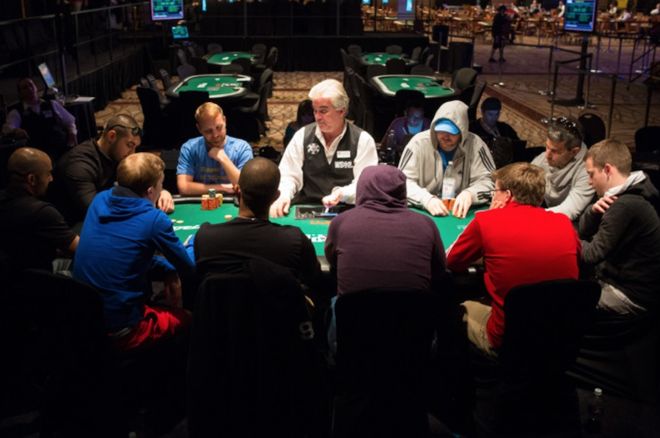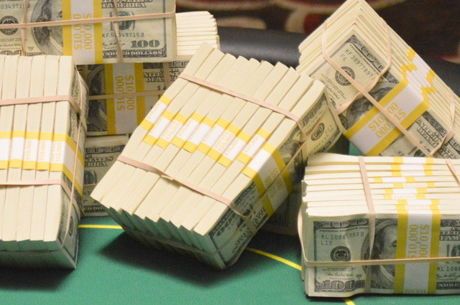Strategy Vault: Shootout Strategy at the World Series of Poker

Digging deep into the PokerNews strategy archives can unearth some buried treasure for seekers of strategy gems. This edition of the Strategy Vault compiles advice from pros about no-limit hold'em "shootout" tournaments, such as the ones about to be played at the 2016 WSOP.
The 2016 World Series of Poker marches onward, having already crossed the halfway point of the massive 69-event, seven-week festival.
Among the highlights today is the start of Event #42: $3,000 Shootout No-Limit Hold'em, one of two shootout events on the schedule. Event #50: $1,500 Shootout No-Limit Hold'em begins next Wednesday.
Shootout tournaments are structured differently than regular multi-table tournaments. In regular MTTs, players are moved from table to table to keep the number of players at each table balanced until they've made it down to a single, final table. In shootouts, players remain at their original table, playing down to a winner much like a single-table sit-n-go. Winners of those tables are then reseated at new tables and repeat the process, with only the table winners continuing to advance.
At the WSOP, the events are typically "triple shootouts" in that players must win three tables (one on each day) to win the bracelet, although on Day 3 there will sometimes be more than a single table's worth of players left and the tournament will revert to the usual MTT format.
Shootouts require a strategy shift from normal MTT strategy thanks to the "winner-take-all" structure that only allows those who win all the chips at their shootout tables to advance. Over recent years we've talked with several pros at the WSOP about shootout-specific strategy.
"Because it's a winner-take-all structure you just have to play crazy aggressive," advised Steve O'Dwyer when talking with us a few summers ago. "Sitting back and waiting for hands is not a good strategy to have, because you'll just pass on many spots to potentially chip up. You have to go hard at every pot that you're in and do your best to take it down."
Shootouts definitely favor those more familiar with short-handed strategy, since in order to reach the final table players must face and survive short-handed situations — including heads-up play — multiple times along the way.
"As you get more short-handed you have to open your range hugely," O'Dwyer noted. "With the structure as a winner-take-all event, you have to vamp it up even more. This is just a tougher field for amateur players because they're just not as comfortable playing this type of format. Playing tight-solid just doesn't work in this structure. It's definitely more cut-throat."
That said, when we chatted with Daniel Negreanu at the 2014 WSOP about shootout strategy, he noted that tight can sometimes be right, particularly when first starting out at a shootout table.
"The important thing is to be careful in the early stages and don't go broke," explained Negreanu. "You can't win it in the first few levels, but you can go broke."
"You really want to play tight early," continued the six-time WSOP bracelet winner. "Then when you get down to four- or five-handed, use all the information you have learned about your opponents to exploit them. Usually in these $1,500 events there are a lot of recreational players, so there is no need to make silly mistakes early."
Of course, how your opponents are playing will often have a lot to do with the relative level of tightness or aggression you'll employ.
"I play based on how my opponents are playing," Negreanu continued. "So if my opponents are playing really tight, I'll open up. If everyone is playing loose and aggressive, I will play more passive. And I play that way throughout the whole thing. It's like football. You take what they give you. If they are playing the pass, you run the ball."
For more tips, take a look at this video from the 2012 WSOP in which Bertrand "ElkY" Grospellier, Mark Radoja, and Jason Koon all offered ideas about shootout strategy. As you'll see, they similarly highlight the importance of pushing edges where you can and not passing up chances to accumulate chips. They also talk about the need to be aggressive in order to win your table, but also occasionally to tighten up in order to survive and give yourself a chance to win.
Want to stay atop all the latest in the poker world? If so, make sure to get PokerNews updates on your social media outlets. Follow us on Twitter and find us on both Facebook and Google+!









